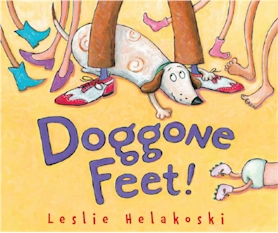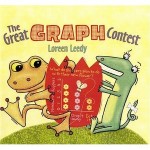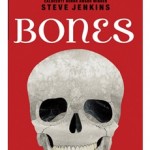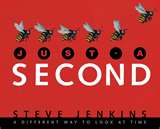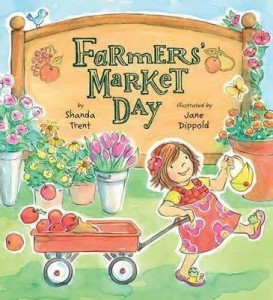 I am counting the days until my local farmers’ market opens. Until then, I’m glad I found this perfect pick: Farmers’ Market Day written by debut picture-book author Shanda Trent and illustrated by Jane Dippold. This rhyming book is a quick read that can easily be turned into an interactive “imagination” station or a fun math center for students to practice counting money.
I am counting the days until my local farmers’ market opens. Until then, I’m glad I found this perfect pick: Farmers’ Market Day written by debut picture-book author Shanda Trent and illustrated by Jane Dippold. This rhyming book is a quick read that can easily be turned into an interactive “imagination” station or a fun math center for students to practice counting money.
A little girl and her family go to the farmers’ market on Saturday. The little girl has her own money from her piggy bank and she’s not sure what to buy – maybe a basket of cherries, a jar of honey, freshly-baked bread or flowers for the garden? Each enticing item is labeled with a price tag, like $2.00, or 12/$3.00, or 50 cents. Reading aloud this short rhyming book will have your little listeners eager to choose what they’d buy for themselves, and that’s where you can extend the book in ways to draw your students back to rereading.
Younger students can make their own farmers’ market in a pretend-play area. Plastic fruits, vegetables, and flowers can be bought and sold. Students can use Farmers’ Market Day to decide what should be for sale and how much to write on each price tag. (Using the information found in both the text and the pictures is a way of Integrating Knowledge and Ideas. Woohoo!) Older students can use the book to practice money skills. Ears of corn cost $3.00 per dozen – how many ears of corn do you need to feed your class, and how much will it cost? If you have $10.00, what items would you buy? Show your shopping list! With summer and real live farmers’ markets just around the corner, Farmers’ Market Day is a real treat.
